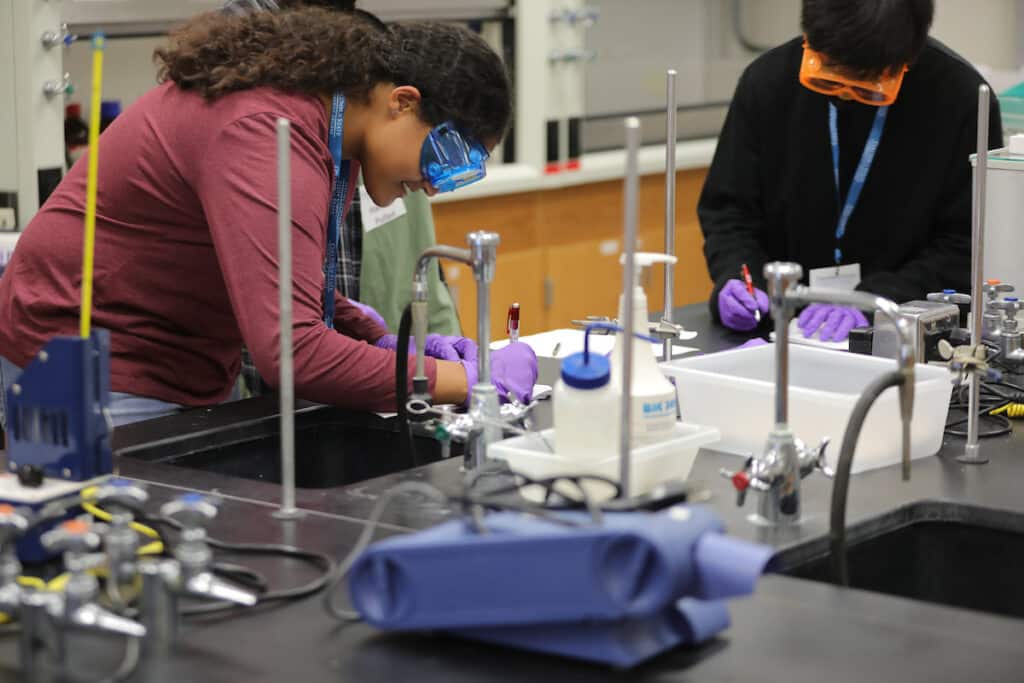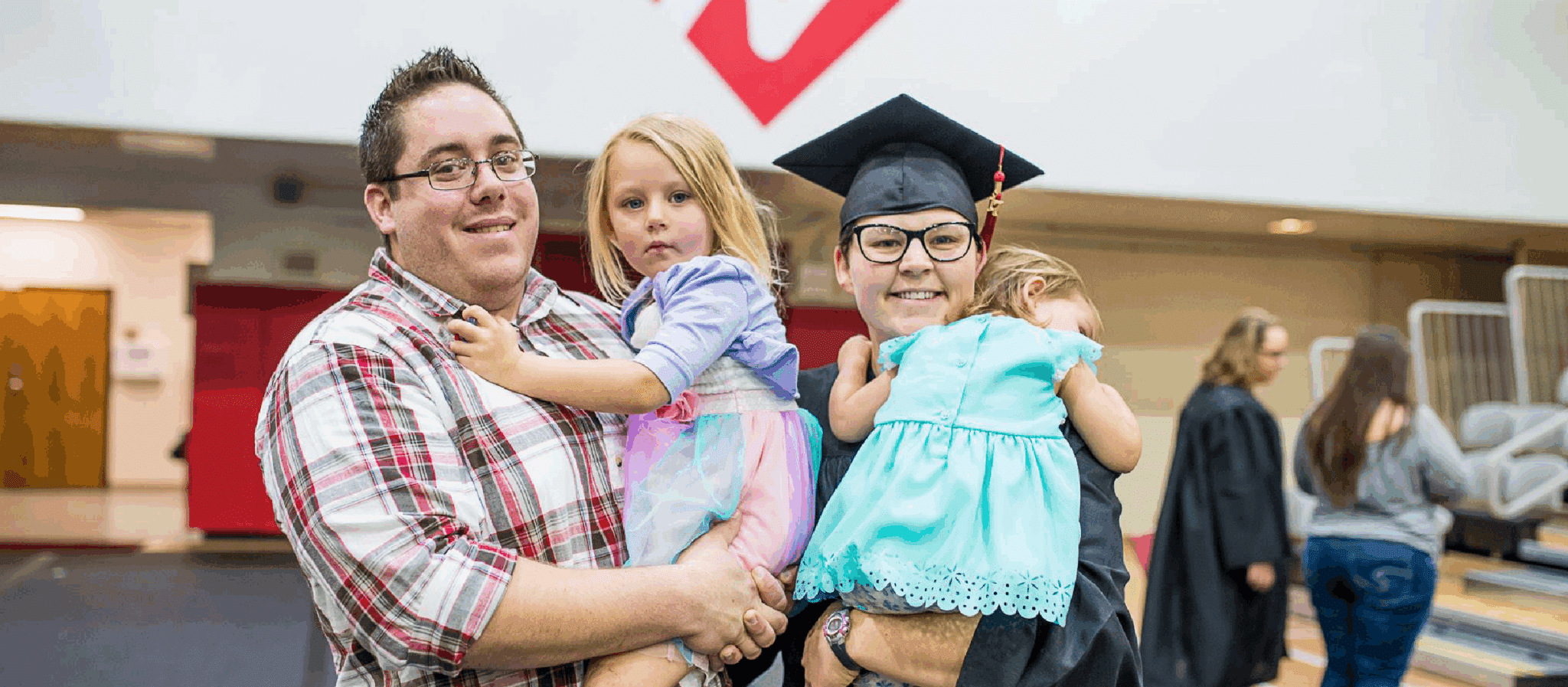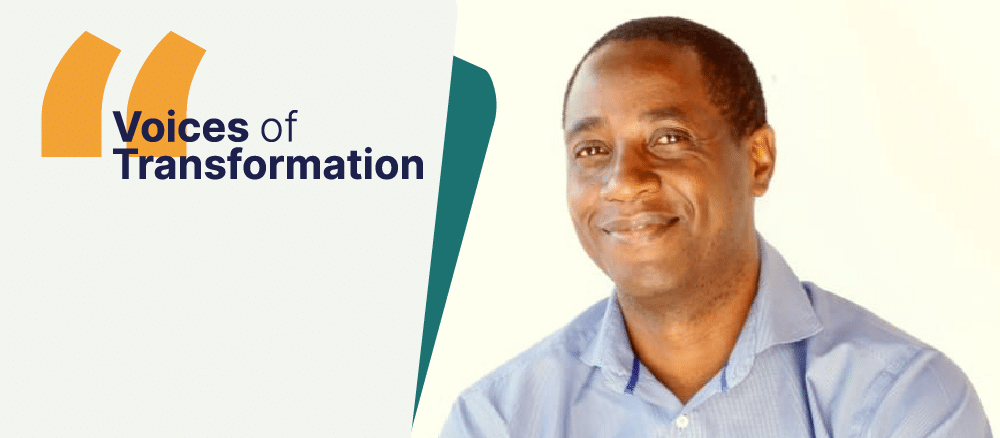Columbus State Community College (CSCC) in Ohio has taken bold, intentional steps to transform its K–12 partnerships. With a focus on collaboration, CSCC has built strong processes, policies, and relationships that have significantly expanded access to dual enrollment in Central Ohio: Of the roughly 41,000 students enrolled at CSCC, more than 10,000 are high school students earning college credit through the state’s dual enrollment program, College Credit Plus.
Lauren Jones, senior director of K–12 partnerships at CSCC, said that the rigorously collaborative approach has been important to her department’s success. This is true at an internal level, where the K–12 Partnerships team works closely with departments across the institution, as well as in the relationships CSCC maintains with school districts and industry partners.
Through a combination of relationship management and strong state policy, CSCC has developed a K–12 partnerships model that supports not just the high school students enrolling in college courses, but also the vitality and the mobility of the community it serves.
CSCC will be featured at ATD’s K–College Institute this summer. Taking place July 23–25 in Denver, Colorado, the institute will bring together colleges and communities to learn about high-impact innovations in dual enrollment and early college programs.
Learn More and RegisterBuilding teams and relationships
The college has built a robust K–12 Partnerships department, taking care to hire some staff members with a K–12 background so that the team includes people comfortable with the work that takes place in both academic ecosystems. “Anyone serious about this work needs to hire collaborators first and foremost,” Jones said.
The team includes a superintendent in residence who is uniquely situated to translate the needs of both colleges and school districts. The position is currently occupied by Dr. John Kellogg, previously superintendent of an Ohio school district for a decade, who led a year-long listening tour with local superintendents that helped the team at CSCC better understand their partners’ needs.
“K–12 and college faculty often speak different languages, so having a leader who can interpret both spaces is huge,” said Jones.
The college has also reimagined traditional college recruiting by hiring “career educators” in the Admissions department. Career educators engage with future students and their support networks by talking not just about opportunities in college, but also about the career field more broadly, including possible postsecondary on- and off-ramps. With a focus on in-demand sectors like biotechnology, health care, and advanced manufacturing, career educators help people understand the future of work in the community, making them valuable resources to students as well as teachers and district staff.

Photo courtesy of CSCC
Internal collaboration
The K–12 Partnerships department at CSCC works closely with other departments across the institution, from Accounting to Enrollment Services Operations and Institutional Effectiveness. This college-wide collaboration is intentional, but it also arose from necessity: “When we surpassed over 10,000 students a year, we knew we had to both celebrate that and examine what it means for everyone’s work,” Jones said.
Most college departments that work with the K–12 team also have at least one dedicated full-time employee to support the needs of dual enrollment students, support which Jones says is fundamental to her team’s success. She says they’ve aimed to avoid becoming a “college within a college,” instead making sure the work of supporting dual enrollment students is shared across the institution.
The K–12 team also works to meet and respond to the needs of other college staff and faculty. Dual enrollment faculty fellows meet weekly with the K–12 leadership team to discuss issues and plan solutions, while frequent communication with the Academic Affairs division helps the team respond to the school districts’ needs. This has helped CSCC to be nimble.
“For example, when a district staffing change resulted in the need for some last-minute alternative options for their students,” Jones said, “we were able to offer some ideas thanks to quick responsiveness from one of our division deans and her chairs.”

Photo courtesy of CSCC
State-level engagement and change
High-quality dual enrollment programs rely not only on collaboration between colleges and school districts but also on engagement with government policies that affect student access and success. For example, CSCC worked with peer institutions and industry partners to successfully apply for a new statewide waiver that is expanding access to dual enrollment courses.
Under existing Ohio law, dual enrollment students are required to hold a 3.0 GPA or higher or meet specific requirements on placement tests to be eligible for the state’s College Credit Plus program. This resulted in a disconnect at CSCC, where traditional-aged students could enroll in entry-level courses for engineering technology without any prerequisites and regardless of GPA, while dual enrollment students faced a higher barrier to entry.
However, updates to state policy allowed CSCC to apply for — and ultimately receive — a Statewide Innovative Waiver. This means CSCC can now enroll high school students in certain engineering technology courses without the prerequisites or GPA requirements, just like their college-age peers. It also means there are fewer barriers for a field experiencing significant workforce demand.
“We see this as a critical way of opening access to students,” Jones said. “Particularly when you think about some high school students who may not have been focused in their freshman or sophomore year and might not have time to bring their GPA up to a 3.0, removing that barrier is an important step to helping them continue on a pathway after high school graduation.”

Photo courtesy of CSCC
Creating solutions together
The robust K–12 partnerships that CSCC has developed and maintained are part of the college’s vision to be a catalyst for workforce development, economic mobility, and regional prosperity.
Jones sees this work as an essential part of the broader mission to create more opportunity and vitality in the community. “You cannot have a strong workforce if you don’t build alignment and pathway opportunities across the K–12 world,” she said.
Creating those pathways requires a deep commitment to collaboration. Effective partnerships, in Jones’ view, are built on mutual trust and respect, and she encourages other college leaders to approach K–12 partnerships with trust and open-mindedness.
“Everyone in education is trying to do their best for students. We need to start conversations with that mindset and then move quickly into collaborating on solutions,” Jones said. “Those solutions have to be co-created. A college cannot come in with what they think are all the answers.”
With internal collaborators, external partners, and strategic engagement at the state level, CSCC has worked carefully to co-create solutions that best support the needs of dual enrollment learners. The college is not just changing outcomes for its students: It is helping to increase economic mobility and opportunity throughout the region it serves while providing strong examples for other institutions to follow.




